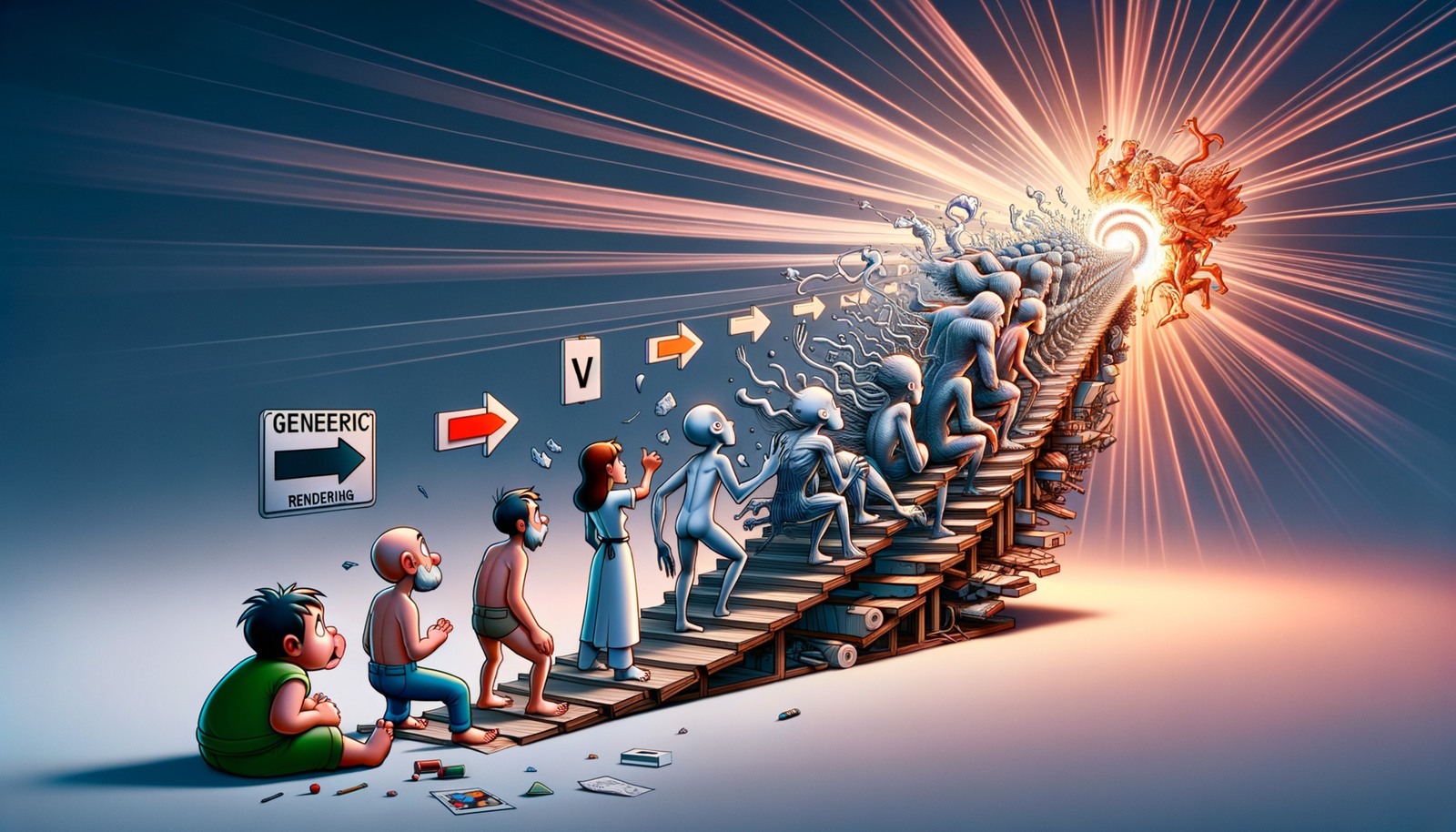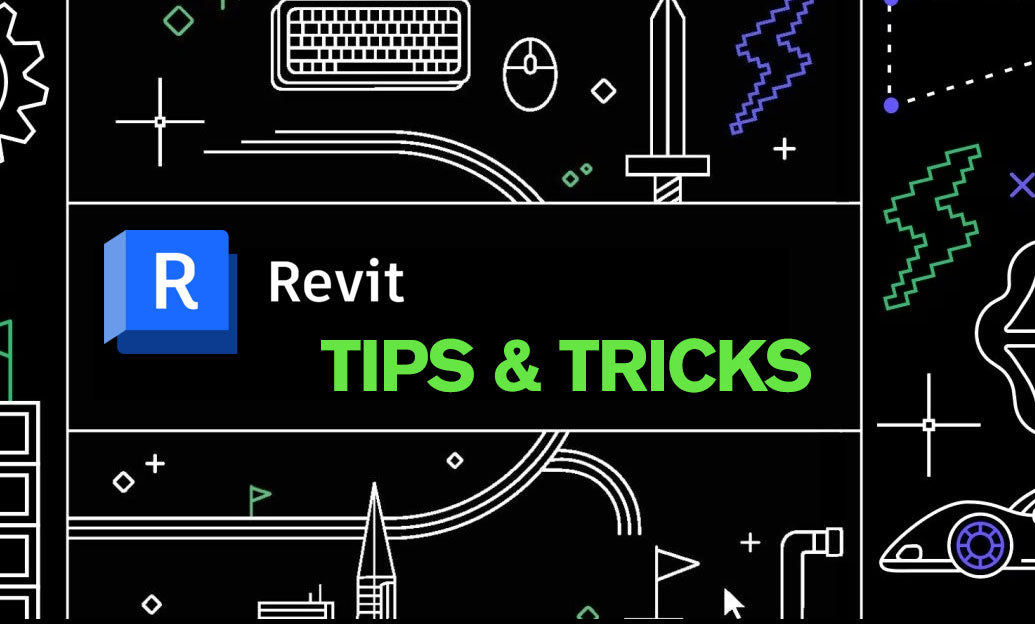Your Cart is Empty
Customer Testimonials
-
"Great customer service. The folks at Novedge were super helpful in navigating a somewhat complicated order including software upgrades and serial numbers in various stages of inactivity. They were friendly and helpful throughout the process.."
Ruben Ruckmark
"Quick & very helpful. We have been using Novedge for years and are very happy with their quick service when we need to make a purchase and excellent support resolving any issues."
Will Woodson
"Scott is the best. He reminds me about subscriptions dates, guides me in the correct direction for updates. He always responds promptly to me. He is literally the reason I continue to work with Novedge and will do so in the future."
Edward Mchugh
"Calvin Lok is “the man”. After my purchase of Sketchup 2021, he called me and provided step-by-step instructions to ease me through difficulties I was having with the setup of my new software."
Mike Borzage
Design Software History: The Genesis and Evolution of V-Ray: Revolutionizing Rendering Technology
June 11, 2024 6 min read


The Genesis of V-Ray
Background on Rendering Technology
The development of rendering technology has been a crucial aspect of computer graphics and visualization. Early rendering methods primarily relied on rasterization, where images were generated by mapping pixels to a screen. Rasterization was efficient for real-time applications but lacked the realism necessary for high-quality visualizations. Another early approach, scanline rendering, processed individual scan lines of an image sequentially, which also had limitations in achieving realistic lighting and shadows.
One of the primary challenges before the advent of V-Ray was the inability to accurately simulate complex lighting scenarios. Traditional rendering techniques, such as radiosity, could simulate diffuse interreflections but struggled with specular reflections and refractions. As a result, achieving photorealism was a daunting task, often requiring extensive manual tweaking and adjustments.
Founding of Chaos Group
Chaos Group, the company behind V-Ray, was founded in 1997 by Vladimir Koylazov and Peter Mitev. With a background in computer science and a passion for computer graphics, Koylazov and Mitev set out to create a rendering engine that could overcome the limitations of existing technologies. Their vision was to develop a tool that would provide artists and designers with the ability to create highly realistic images and animations with greater ease and efficiency.
The mission of Chaos Group was clear: to push the boundaries of rendering technology and deliver a product that would revolutionize the industry. With a focus on innovation and user-centric design, the founders embarked on a journey to create what would become one of the most influential rendering engines in the world.
Initial Release
V-Ray was first released in 2002, introducing several key features and innovations that set it apart from its competitors. One of the most significant advancements was the implementation of advanced ray tracing techniques, which allowed for more accurate simulations of light interactions. This included the ability to render global illumination (GI), which enhanced the realism of scenes by simulating the way light bounces off surfaces and interacts with the environment.
The early adoption of V-Ray by industry professionals was a testament to its impact on the field of computer graphics. The initial release garnered attention for its ability to produce photorealistic images with a level of detail and accuracy that was previously unattainable. As a result, V-Ray quickly became a popular choice for artists, designers, and studios looking to elevate the quality of their visualizations.
Core Technological Advancements in V-Ray
Ray Tracing and GI (Global Illumination)
One of the cornerstone technologies of V-Ray is its advanced ray tracing capabilities. Ray tracing is a rendering technique that simulates the way light travels and interacts with objects in a scene. By tracing the paths of individual rays of light as they bounce around the environment, V-Ray can produce highly realistic images with accurate reflections, refractions, and shadows.
The introduction of global illumination (GI) was a game-changer for the industry. GI algorithms in V-Ray simulate the complex interplay of direct and indirect lighting, capturing the subtle nuances of light as it reflects and refracts within a scene. This level of detail had a profound impact on the realism and accuracy of renderings, making it possible to achieve photorealistic results with less manual intervention.
Material and Texture Innovations
V-Ray's material editor is another critical component that has contributed to its success. The material editor allows users to create and manipulate a wide range of materials and textures, from simple diffuse surfaces to complex, multi-layered shaders. This flexibility enables artists to achieve a high degree of realism in their renderings, with materials that accurately mimic the properties of real-world surfaces.
Support for complex materials and textures is a standout feature of V-Ray. The engine offers a variety of tools and options for creating detailed and intricate materials, including support for subsurface scattering, anisotropic reflections, and volumetric effects. These capabilities allow artists to create everything from realistic skin and fabrics to glass and liquids, enhancing the overall quality and believability of their renderings.
Distributed Rendering
Distributed rendering is another significant advancement introduced by V-Ray. This technology enables the rendering workload to be distributed across multiple machines, significantly speeding up the computation process. By leveraging the combined processing power of a network of computers, V-Ray can handle complex scenes and large datasets more efficiently.
The benefits of distributed rendering are numerous. For studios and artists working on tight deadlines, the ability to render scenes faster can be a game-changer. Additionally, distributed rendering allows for more iterative workflows, enabling artists to make adjustments and see results more quickly. This not only improves productivity but also enhances the overall quality of the final output.
V-Ray Across Various Industries
Film and Animation
V-Ray has made a significant impact in the film and animation industry, with several notable films and studios adopting the technology for their CGI needs. The ability to produce photorealistic images with accurate lighting and shading has made V-Ray a popular choice for creating visual effects and animated sequences.
Some of the most respected studios in the industry rely on V-Ray for their rendering needs. The engine's capabilities allow for the creation of highly detailed and believable environments, characters, and effects, contributing to the overall visual quality of films and animations. The adoption of V-Ray by leading studios is a testament to its effectiveness and reliability in high-stakes production environments.
Architectural Visualization
In the field of architectural visualization, V-Ray has transformed the way architects and designers present their ideas. With its ability to produce highly realistic renderings, V-Ray allows architects to create detailed and accurate representations of their designs, helping clients and stakeholders envision the final result more clearly.
Architectural firms around the world use V-Ray to bring their projects to life. The engine's support for complex materials and lighting scenarios enables designers to create stunning visualizations of interior and exterior spaces. This has not only improved the quality of presentations but also enhanced the decision-making process in architectural projects.
Product Design and Advertising
The use of V-Ray in product design and advertising has also been significant. The engine's ability to create high-quality product visualizations makes it an invaluable tool for designers and marketers. Whether it's for a new consumer product or an advertising campaign, V-Ray helps create compelling and realistic images that capture the attention of audiences.
In the advertising industry, V-Ray's capabilities allow for the creation of visually stunning and persuasive imagery. From detailed product shots to immersive environments, the engine's flexibility and power enable artists to produce work that stands out in a competitive market. The impact of V-Ray on product design and advertising is evident in the high-quality visuals that are commonly seen in marketing materials and campaigns.
The Evolution and Future of V-Ray
Continuous Innovation
Chaos Group has continued to innovate and evolve V-Ray, regularly introducing new features and updates that enhance its capabilities. Recent updates have included improvements in rendering speed, support for new hardware, and the integration of advanced algorithms and techniques. These advancements have helped V-Ray maintain its position as a leading rendering engine in the industry.
The integration of V-Ray with other software has also been a key focus for Chaos Group. By ensuring compatibility with popular platforms such as Autodesk, Blender, and others, V-Ray has become a versatile tool that can be seamlessly incorporated into various workflows. This interoperability has expanded the reach of V-Ray and made it accessible to a broader range of users.
Real-Time Rendering
The introduction of V-Ray for real-time applications marks a significant milestone in the evolution of the engine. Real-time rendering allows for the instantaneous visualization of scenes, enabling designers and animators to see the results of their work in real-time. This capability has far-reaching implications for the creative process, allowing for more dynamic and interactive workflows.
Real-time rendering with V-Ray is particularly beneficial for industries such as architecture, where the ability to visualize design changes on the fly can greatly enhance collaboration and decision-making. For animators and film studios, real-time rendering offers the potential to streamline production pipelines and reduce the time needed to achieve final results.
Future Directions
The future of V-Ray is poised to be shaped by several emerging technologies and research areas. One of the key areas of focus is the continued improvement of rendering algorithms to achieve even greater levels of realism and efficiency. This includes advancements in machine learning and AI, which have the potential to revolutionize the way renderings are generated and optimized.
Another important direction for V-Ray is the exploration of new hardware capabilities. As GPU technology continues to advance, the potential for real-time and high-quality rendering on consumer-grade hardware becomes increasingly viable. This could democratize access to professional-grade rendering tools, making them available to a wider audience of artists and designers.
Conclusion
In conclusion, V-Ray has had a profound impact on the field of rendering technology. From its initial release to its current state, the engine has consistently pushed the boundaries of what is possible in computer graphics. With its advanced ray tracing capabilities, support for complex materials, and innovations in distributed and real-time rendering, V-Ray has set the standard for photorealistic visualizations.
The journey of V-Ray is a testament to the vision and dedication of its creators, Vladimir Koylazov and Peter Mitev, as well as the ongoing commitment of Chaos Group to innovation and excellence. As V-Ray continues to evolve, it is poised to remain at the forefront of rendering technology, shaping the future of visualizations in film, architecture, product design, and beyond.
Also in Design News

Rhino 3D Tip: Loft Workflow Essentials for Smooth, Production-Ready Surfaces
December 24, 2025 2 min read
Read More
Revit Tip: Precise Property Boundaries and Site Component Placement in Revit
December 24, 2025 2 min read
Read MoreSubscribe
Sign up to get the latest on sales, new releases and more …



